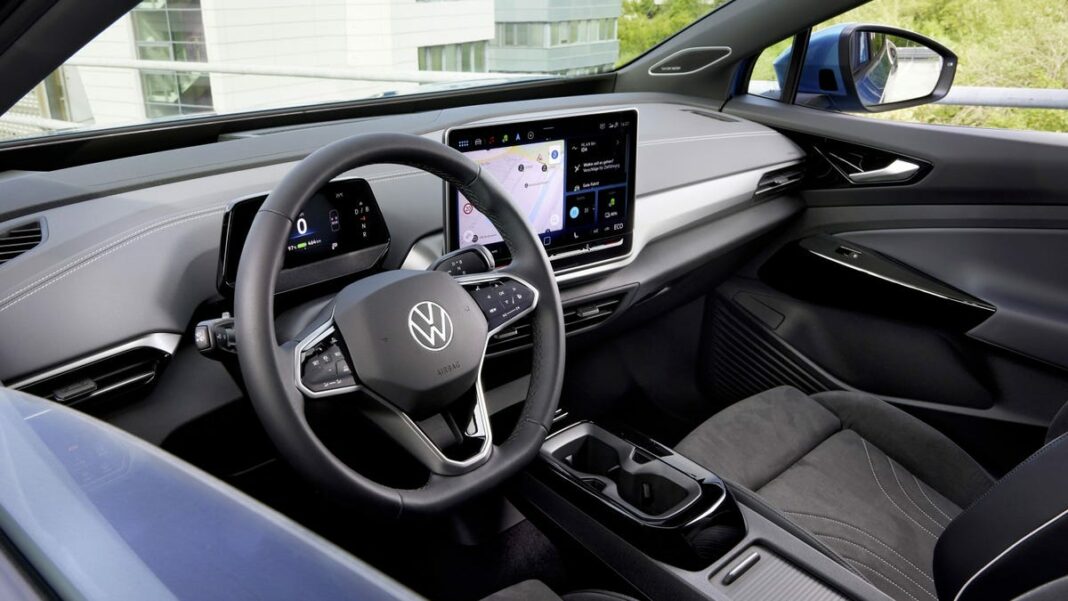VW’s Lack Of Physical Buttons Could Be Causing Rise In EV Crashes
As electric vehicles (EVs) become increasingly popular, there has been a concerning rise in crashes involving these vehicles. One of the factors that may be contributing to this trend is the lack of physical buttons in some EV models, particularly those produced by Volkswagen (VW).
The Problem with VW’s Touchscreen-Only Interface
VW has been on the forefront of electric vehicle technology with models like the ID.3 and the ID.4, both of which feature touchscreen-only interfaces. While these interfaces may look sleek and modern, they can pose a significant safety risk for drivers.
Traditional vehicles have physical buttons for functions like adjusting the climate control, changing the radio station, or turning on the hazard lights. This tactile feedback allows drivers to quickly and easily make adjustments without taking their eyes off the road. In contrast, touchscreen interfaces require drivers to look at the screen and navigate through menus, which can be distracting and time-consuming.
The Impact on Driving Safety
Studies have shown that taking your eyes off the road for just two seconds doubles your risk of being involved in a crash. When drivers are fumbling with a touchscreen interface to make simple adjustments, they are at a much higher risk of causing an accident.
Furthermore, EVs often have different driving dynamics compared to traditional vehicles, which can take some getting used to. Having to navigate through a touchscreen interface adds an additional layer of complexity that can be overwhelming for some drivers, especially those who are new to electric vehicles.
What VW Can Do to Improve Safety
One solution to this problem is for VW to reintroduce physical buttons in their EV models. By incorporating a mix of physical buttons and touchscreen controls, drivers can have the tactile feedback they need for essential functions while still benefiting from the modern features of a touchscreen interface.
Another option is for VW to improve the user interface design of their touchscreen systems. This could involve simplifying menus, enlarging buttons for easier navigation, and incorporating voice control technology to reduce the need for manual input.
Conclusion
As EV technology continues to advance, it is crucial for automakers like VW to prioritize safety in their vehicle designs. The lack of physical buttons in some EV models may be contributing to the rise in crashes, as drivers struggle to navigate through touchscreen interfaces while on the road. By addressing this issue through the reintroduction of physical buttons or improved user interface design, VW can help prevent accidents and make electric vehicles safer for everyone on the road.
FAQs
Q: Are touchscreen-only interfaces common in EVs?
A: While some automakers, like VW, have opted for touchscreen-only interfaces in their EV models, others still incorporate physical buttons for essential functions.
Q: How can drivers adjust to touchscreen interfaces in EVs?
A: Practice and familiarity with the interface can help drivers become more comfortable using touchscreen controls while on the road.
Q: What other safety features should EV manufacturers consider?
A: In addition to improving interface design, EV manufacturers should also prioritize features like automatic emergency braking, lane-keeping assist, and blind-spot monitoring to enhance safety.




